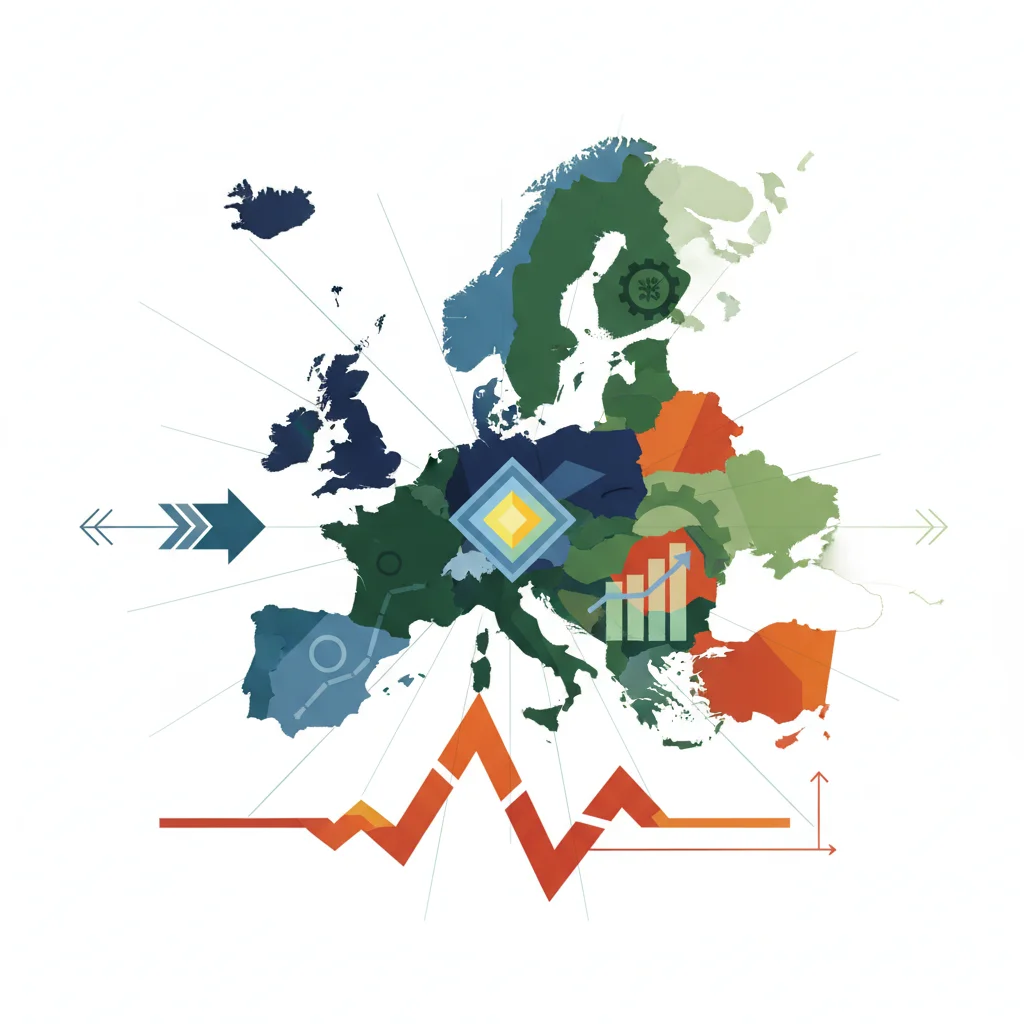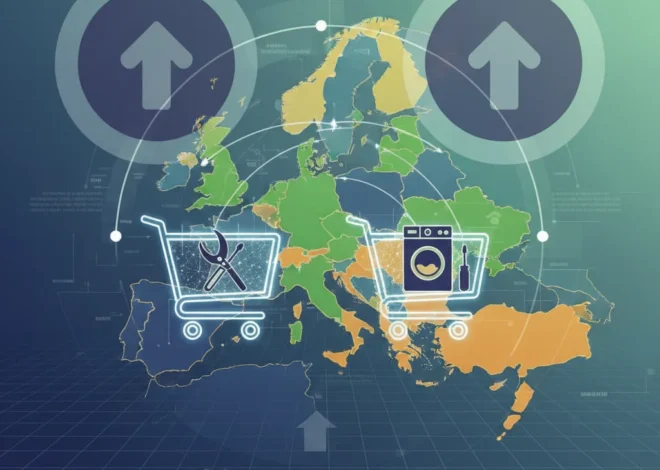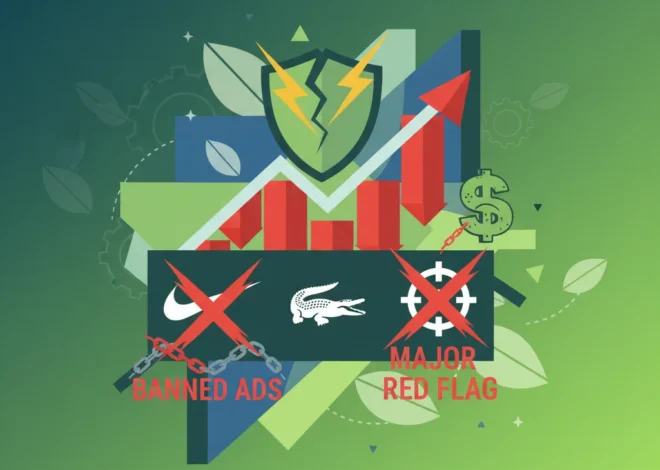
Europe’s Crossroads: How Political Tides and Carbon Taxes Are Redefining the Investment Landscape
Europe is standing at a critical juncture, facing a dual challenge that will define its economic future and shape the global investment landscape for years to come. On one front, a fierce ideological battle rages between progressive forces and a rising populist tide, a conflict that former Swedish prime minister Stefan Löfven calls a fight for the “soul of Europe.” On another, the continent is embarking on one of the most ambitious green transitions in history, underscored by the imminent launch of a controversial Carbon Border Adjustment Mechanism (CBAM).
For investors, finance professionals, and business leaders, these are not distant political debates or abstract environmental policies. They are powerful undercurrents actively reshaping market dynamics, supply chains, and the very definition of corporate value. Understanding the interplay between Europe’s political soul-searching and its green industrial revolution is no longer optional—it is essential for navigating the complex risks and opportunities that lie ahead in the European economy.
The Political Fault Line: ‘Progressive Mobilisation’ vs. Populist Nationalism
The political climate across Europe is increasingly polarized. The steady rise of nationalist and populist movements has challenged the post-war consensus of integration, open markets, and liberal democracy. In response, Europe’s centre-left parties are attempting to shift their strategy from a defensive crouch to a proactive, forward-looking agenda they term ‘progressive mobilisation’. Led by figures like Mr. Löfven, this movement aims to present a positive vision for the future, focusing on social justice, green investment, and a stronger, more unified Europe, rather than simply reacting to the grievances amplified by the far-right.
The outcome of this ideological struggle has profound implications for the stock market and the broader world of finance. The two paths diverge dramatically:
- The Populist Path: A surge in nationalist governance could lead to increased protectionism, trade disputes within and outside the EU, and a potential weakening of the Eurozone’s institutional framework. For investors, this translates to heightened political risk, currency volatility, and potential instability in the European banking sector. The focus on national interests over collective action could unravel decades of economic integration, creating uncertainty that rattles markets.
- The Progressive Path: A successful ‘progressive mobilisation’ would likely double down on the EU Green Deal, accelerate public and private investing in renewable energy and sustainable infrastructure, and strengthen social safety nets. This agenda could create massive opportunities in green bonds, ESG-focused funds, and innovative financial technology designed to support the transition. However, it could also bring higher corporate taxes and a more stringent regulatory environment, impacting corporate profitability.
The battle is not merely about rhetoric; it’s about the fundamental direction of the world’s largest single market. The policy choices made in the coming years will directly influence everything from interest rates set by the ECB to the regulatory frameworks governing fintech and digital assets.
Unpacking the .6bn Deal: HSBC's Bold Move to Delist Hang Seng Bank
The Carbon Border Tax: Europe’s Green Ambition Gets Real
Moving from the grand political stage to a concrete and transformative policy, the EU’s Carbon Border Adjustment Mechanism (CBAM) serves as a perfect case study of Europe’s new direction. Set to launch in its transitional phase on January 1st, CBAM is essentially a tariff on carbon-intensive goods imported into the EU. Its goal is to prevent “carbon leakage”—a scenario where European companies, facing high domestic carbon prices, are unfairly undercut by foreign competitors with lax environmental standards, or simply move their own production abroad.
Industries like cement, steel, and aluminum are on the front lines. The European cement industry, for instance, has called for an “effective” carbon border tax to ensure a level playing field. Their concern is simple: if they invest billions in decarbonizing their operations, they cannot compete with importers who don’t bear those costs. According to Cembureau, the European cement association, the policy must “ensure that imports to the EU are subject to the same carbon cost as domestically produced cement” (source).
Below is a breakdown of the key features of the CBAM and its intended function within the European economy.
| CBAM Feature | Description & Implication |
|---|---|
| Objective | To equalize the price of carbon between domestic products and imports and prevent “carbon leakage.” |
| Mechanism | Importers must buy carbon certificates corresponding to the carbon price that would have been paid if the goods were produced under the EU’s carbon pricing rules. |
| Covered Sectors | Initially targets carbon-intensive sectors: cement, iron and steel, aluminum, fertilizers, electricity, and hydrogen. |
| Timeline | Transitional phase begins January 2024 with reporting obligations. Financial adjustments (payments) are expected to start in 2026. |
| Global Impact | Pressures trade partners (like China, Turkey, and India) to adopt their own carbon pricing, potentially creating a global standard. |
This policy is a landmark piece of legislation that intertwines climate action with international trade and economics. It represents a clear move by the EU to leverage its market power to export its climate standards globally.
The Multi-Billion Pound Recall: How the Car Finance Scandal is Reshaping UK Banking and Investing
Market Impact and Strategic Imperatives for Business and Finance
The implementation of CBAM is not just an environmental issue; it is a seismic event for global supply chains, commodity trading, and corporate strategy. The ripple effects will be felt across the financial ecosystem.
For businesses, the immediate challenge is compliance. Companies importing covered goods into the EU will need robust systems to track and report the embedded carbon emissions of their products. This complexity is a significant opportunity for the financial technology sector. We can expect a surge in demand for `fintech` solutions offering carbon accounting, automated reporting, and supply chain emissions tracking. Some futurists even speculate that blockchain technology could be deployed to create transparent, immutable ledgers for tracking carbon credits and ensuring the provenance of low-carbon materials, adding a new layer of security and trust to the system.
For investors, CBAM creates a new set of winners and losers on the stock market:
- Potential Winners: EU-based manufacturers in covered sectors that have already invested heavily in decarbonization will gain a competitive advantage. Companies specializing in green technology, carbon capture, and energy efficiency are also poised to benefit. ESG-focused investment funds will likely see CBAM as a powerful tailwind.
- Potential Losers: Non-EU exporters in carbon-intensive industries without a domestic carbon price will see their margins shrink. Companies heavily reliant on these imports in their supply chains could face rising costs, potentially stoking inflation.
This policy fundamentally alters the calculus of global manufacturing and investing. The carbon footprint of a product is transitioning from a corporate social responsibility metric to a hard financial liability. This requires a complete re-evaluation of supply chain risk and a greater emphasis on sustainability in financial analysis and portfolio construction.
A Storm on the Horizon? Decoding Jamie Dimon's Urgent Warning for the Stock Market
Conclusion: Navigating a Continent in Transition
Europe is charting a new course, driven by the twin forces of political realignment and an aggressive green agenda. The battle between progressive internationalism and populist nationalism will set the overarching tone for market stability and economic policy, while concrete measures like the Carbon Border Adjustment Mechanism will redraw the lines of global trade and corporate competition.
For finance professionals, investors, and business leaders, the message is clear: the old European playbook is obsolete. Success in this new environment demands a sophisticated understanding of political risk, a forward-looking approach to sustainability, and the agility to adapt to a rapidly evolving regulatory landscape. Whether it’s the fight for Europe’s soul or the pricing of its carbon, the decisions made in Brussels today will be shaping balance sheets and investment returns for decades to come.


